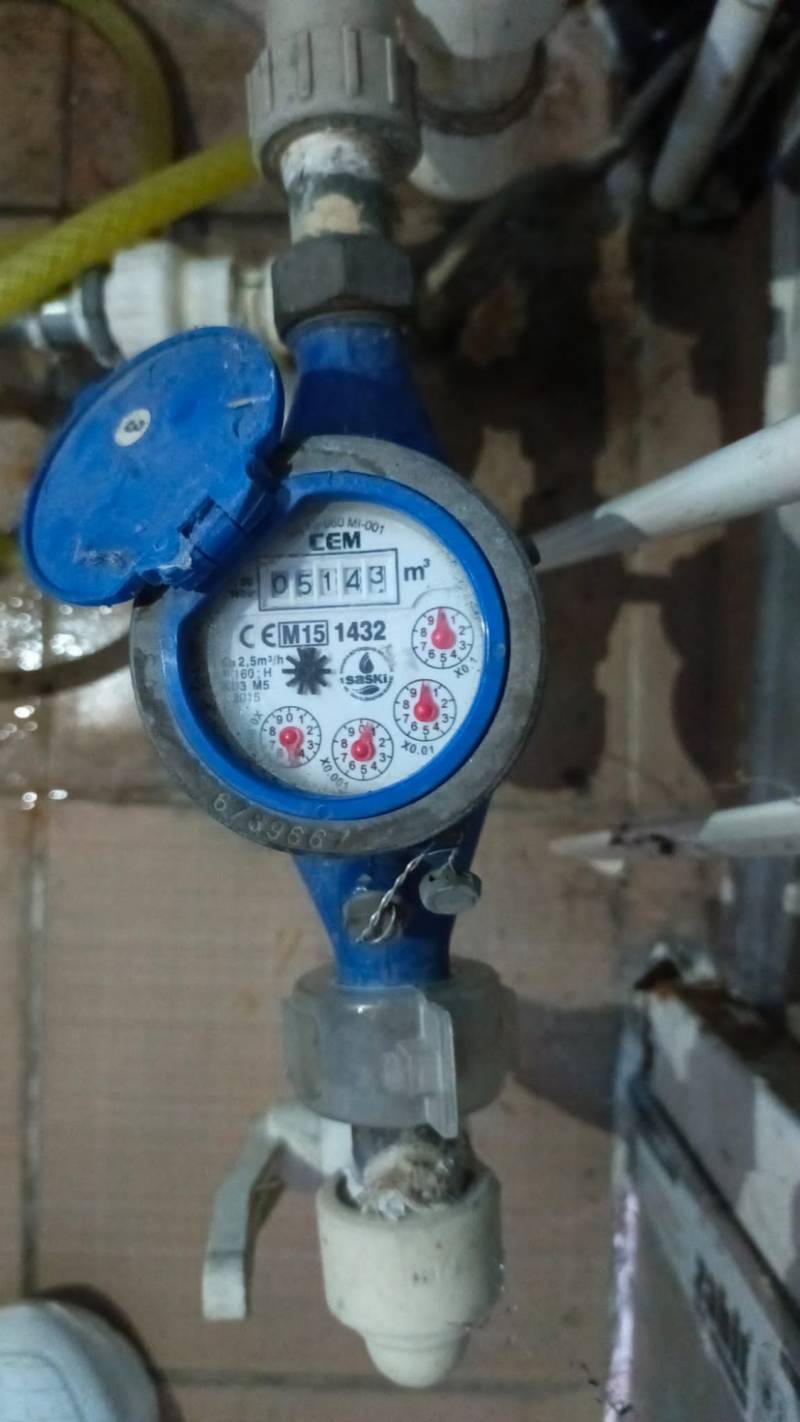Water Reuse
6.4.2. Water Reuse Measurement and Management System
1. Overview
Sakarya University systematically monitors and quantifies water reuse to promote sustainable resource management. Reused water includes rainwater, spring water, and treated wastewater collected and distributed across campus for irrigation, cleaning, and other non-potable uses.
2. Water Reuse Sources and Infrastructure
- Rainwater Collection: Rooftop and surface drainage systems direct rainwater to underground storage tanks located near main campus buildings.
- Treated Wastewater: Effluent from the Sakarya Metropolitan Municipality wastewater treatment plant is reused for irrigating forested and landscaped areas.
- Groundwater Wells: Non-potable groundwater is pumped for cleaning operations and green space irrigation, reducing dependence on mains water
| 
|
| Figure 1. Rainwater Collection Channels Rooftop and surface gutters directing stormwater into collection tanks. |
3. Measurement and Data Collection
- Flow Meters: Each reuse source (rainwater, treated wastewater, and well water) is equipped with a digital flow meter.
- Monitoring Unit: The Department of Construction and Technical Works (Yapı İşleri Daire Başkanlığı) collects monthly readings from all meters.
- Annual Consolidation: Data are compiled into the university’s annual sustainability report, where the total reused volume and reuse ratio (%) are recorded.
- Verification: Meter readings are cross-checked with municipal records (SASKİ) and internal audits for consistency.
 |
| Figure 2. Flow Meter Installation Digital flow meters installed to record reused water volumes from storage systems. |
4. Water Reuse Applications
- Irrigation: All landscape and green areas are irrigated using reused rainwater, treated wastewater, or groundwater.
- Cleaning: Campus roadways and outdoor facilities are cleaned exclusively using non-potable reused water.
- Ecosystem Support: Reused rainwater is occasionally redirected to natural drainage channels to sustain small local vegetation areas and provide drinking sources for stray animals.
 |
| Figure 3. Irrigation Using Reused Water Reused treated wastewater and rainwater distributed to campus greenery through automated systems. |
5. Results and Ongoing Improvement
- Reused water accounts for a significant portion of the campus’s non-potable consumption.
- Continuous upgrades are planned to expand collection systems and integrate new monitoring sensors.
- The reuse program is evaluated annually under the Zero Waste and Sustainability Action Plan, contributing to long-term water conservation goals.

